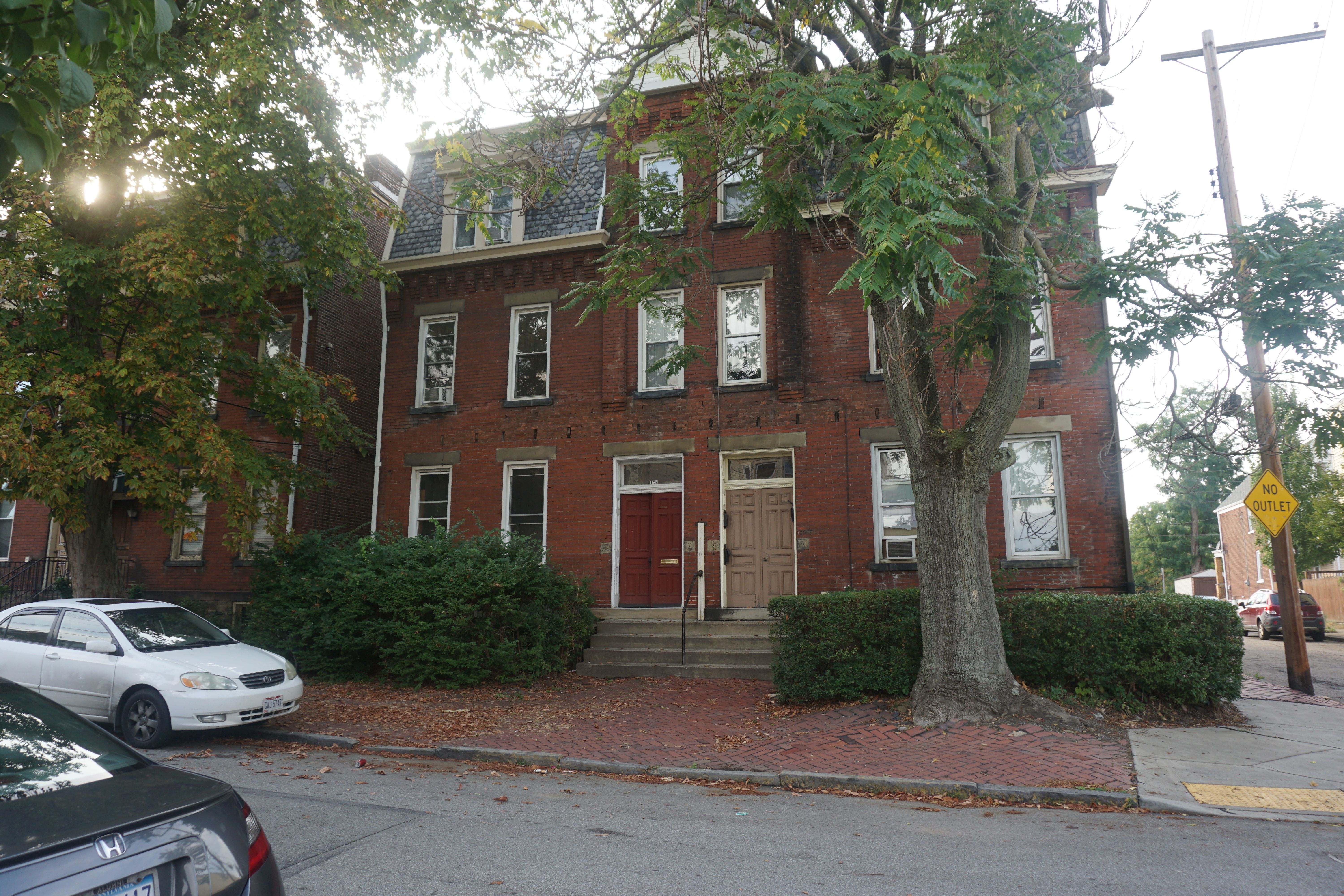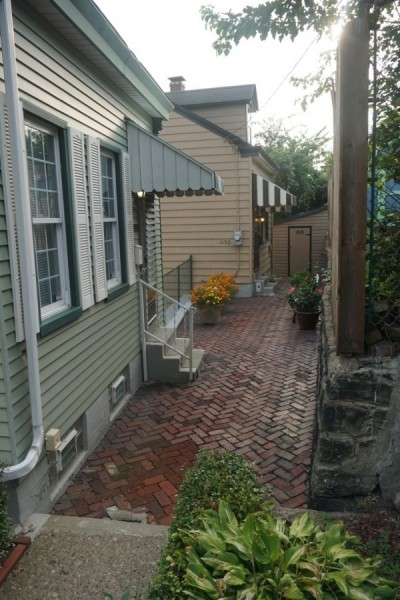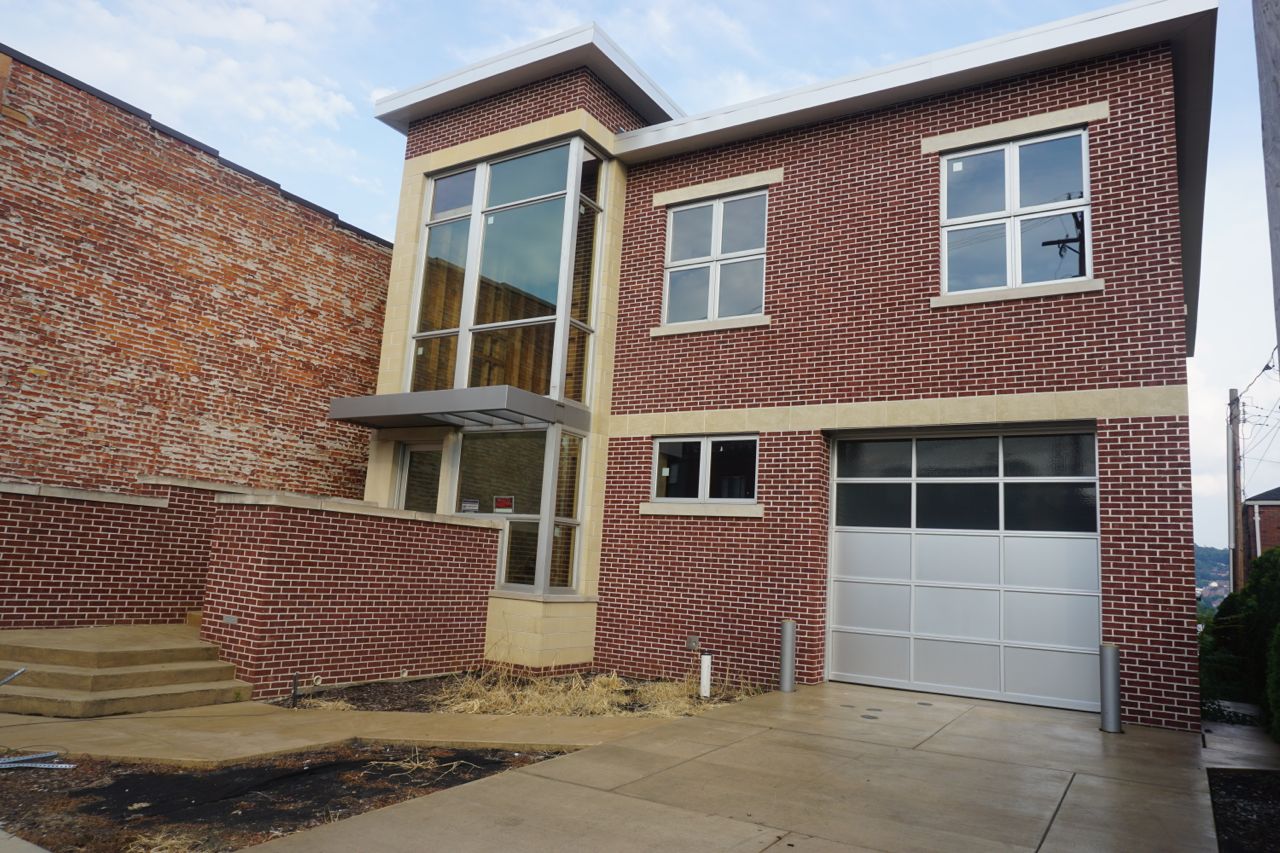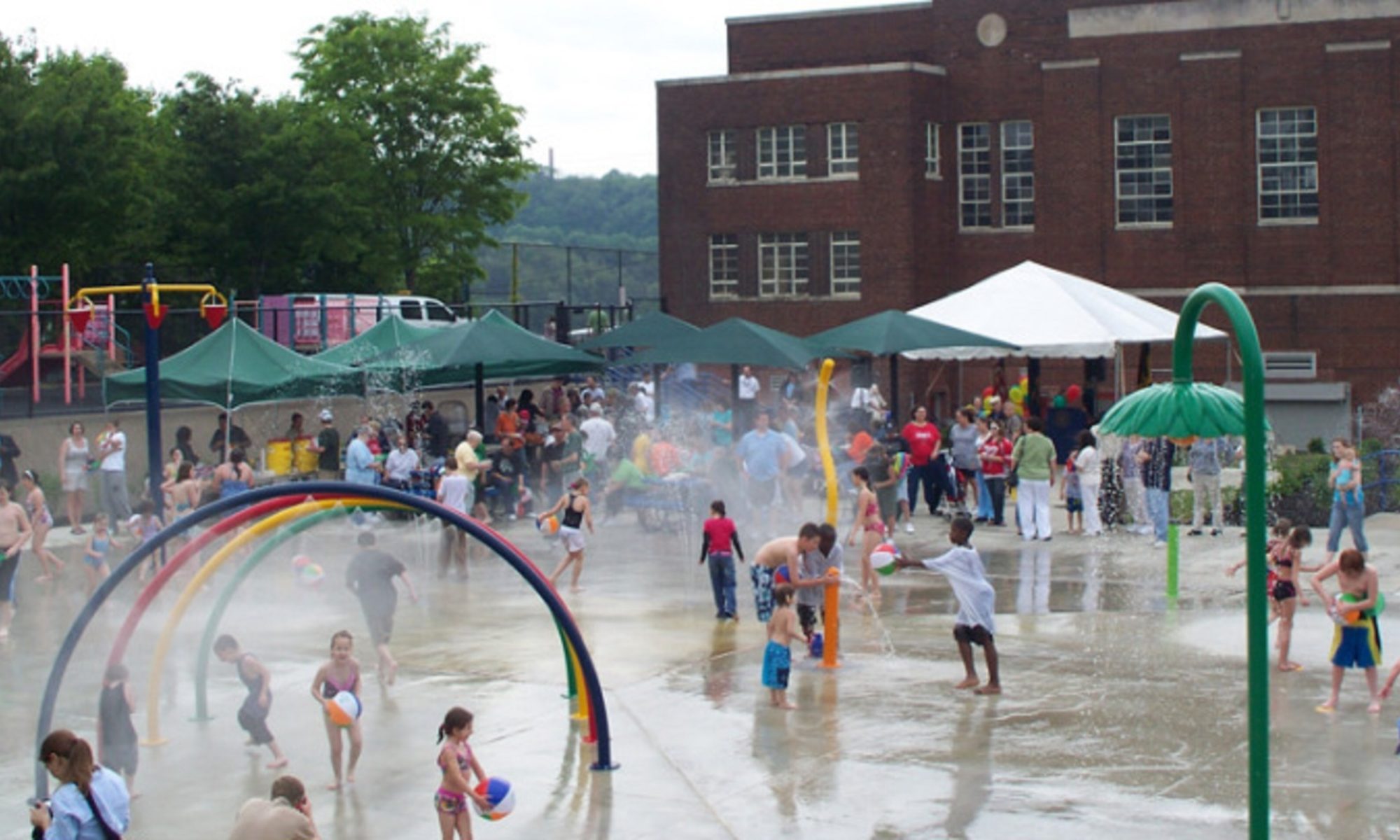http://www.nextpittsburgh.com/features/why-troy-hill-real-estate-is-hotter-than-ever/
Why Troy Hill real estate is hotter than ever

“We were sold when we saw the view from our backyard,” says Catanese. “Aesthetically, it’s a beautiful place to live, situated on top of the hill overlooking the Allegheny River and Polish Hill.”
They renovated in 2014 and moved in December of last year.

At Spaces Corners in Troy Hill. Photo by Brian Cohen.
Troy Hill, she says, “is like a secret. It’s super connected to everything – the Strip, Lawrenceville, Aspinwall. It’s two minutes to Downtown and convenient to all neighborhoods.”
And a lot of other young professionals are moving there, she notes, citing not just the affordability but also “the entrepreneurial spirit.”
Like Nicole Moga, 33, and her husband. She runs Boat Pittsburgh, a pontoon rental based in nearby Sharpsburg, and he works as an engineer at DEP on Washington’s Landing (which is also in Troy Hill).
Back in 2008, they were looking for a house when someone suggested under-the-radar Troy Hill, a place they had not considered. That led them to a red brick house on leafy Harpster St. that was in foreclosure and was “for the most part untouched by time.” They bought it and worked on it for six months before moving in. “We continue to work on it,” adds Nicole with a laugh but it’s evidently a labor of love.
“It’s convenient to a lot of things,” she adds of the location. “We like to go running with the dogs and we’re close to the Heritage Trail along the Allegheny River. We bike a lot so we go down Rialto or Troy Hill Rd. and we’re right on the trail.”
What ultimately sold them on the neighborhood, though, were their neighbors. “The people are so great,” she says. “And they’re like our family now.”

Kids at play in front of St. Anthony Chapel. Photo by Tracy Certo.
The neighborhood, only one square mile, is an impressively diverse mix of young and old, people who have lived there all their lives and new ones moving in, as well as different races and religions, including a small Burmese population. The authentic yet tiny Pittsburgh neighborhood also boasts a main street, community parks and gardens, independent businesses and, from its perch on a plateau high on a hill that hugs the Allegheny River, amazing city views.
And the price is right. Troy Hill is one of many Pittsburgh neighborhoods that is under the radar but won’t be much longer since real estate prices in prime neighborhoods such as Lawrenceville and East Liberty are pricing out many.
Proof? Here’s a comparison of the median and average sales prices for 2015 of Lawrenceville and Troy Hill, along with up and comer Polish Hill just for good measure, from RealStats.
Neighborhood Median Average #sales
Troy Hill $42,000 $44,000 18
Central Lawrenceville $310,000 $310,000 1
Lower Lawrenceville $148,000 $105,000 15
Polish Hill $92,000 $59,500 8
(Note: The Central Lawrenceville 2014 median, with more sales than listed here, was $170,000, and the average was about $150,000.)

Houses on Harpster St. in Troy Hill. Photo by Tracy Certo.
We’re here. You should be, too.
Like many recent transplants, Nicole has become an ambassador for Troy Hill, first working with the very active Troy Hill Citizens group and then recommending the neighborhood to all her friends. She now adds anyone who is interested to the Facebook group she created called Troy Hooligans.
Leah Hohman is another resident — in her 30s who moved to the city neighborhood fresh out of college — who promotes the neighborhood. She bought a house on Vinial Street, which borders Troy Hill, that she says was a “perfect fit.”
Her parents, who live on a farm north of the city, were skeptical and nervous until they met her neighbors. And then they felt a lot better, Leah adds.
After nearly a dozen years in the neighborhood, Leah is married now with three young kids—6, 2 and 9 months old–and has no desire to leave. “We have a really solid neighborhood and a really diverse group of people. I’m really happy that I could stay here as long as I have,” she says.
Like everyone else, she touts the hard-to-beat location, praising its proximity to major highways and to the Strip District, her favorite place in Pittsburgh, as well as attractions such as the Aviary and the Children’s Museum in the North Side.
The talented singer and stay-at-home mom is in a band, Brewer’s Row, that is about to release its second album (and will be playing October 2nd at Wigle Whiskey’s Barrelhouse during the NEXT 3 Days fest.) It’s a family affair with her brother, Nich Hohman, fronting the band, and her father, Mark Hohman, on guitar, that has local critics raving.

The eclectic nature of Troy Hill, old world charm with modern touches. Photo by Tracy Certo.
How things have changed
Years ago, there used to be 25 to 30 houses on the market at a time, says Jerry Koch of Koch Real Estate on Lowrie St. in Troy Hill. Now? “There are three houses on the market and three under contract,” he adds. “They’re selling as fast as they come on market now. We’re getting a lot of people moving back to the city.”
And from other areas of the city. “A lot from Lawrenceville are coming to buy houses for a quarter to a third of the price,” he says. See the listings here which includes a townhouse for $82,500 and a fixer upper for just under $10,000. Not a typo.
People from other cities are discovering the neighborhood, too. “Troy Hill is a place like no other,” says Alexis Tragos, who recently bought a house there with her husband, Bobby Stockard when they moved to Pittsburgh from New York. “There are a lot of families,” notes the owner, along with her husband, of the soon to be opened The Pear and the Pickle Market and Café in Troy Hill.

Alexis and Bobby’s house as featured in the article, Could the next Brooklyn be Pittsburgh?
Alexis cites the block parties on her street, the cheery sound of children playing from her kitchen window and the fact that “we know our neighbors.”

A brick terrace off Goettman St.
She and Bobby were prominently featured in a widely read article from a Brooklyn site called “Could the Next Brooklyn be Pittsburgh?” about the many ex-Brooklynites moving to the city.
In the article, Bobby was quoted as saying, “When we moved to Pittsburgh we got a row house that had three floors and a manicured backyard and a washer and a dryer for $1,200.” That’s a cool $600 less than he was paying for their one bedroom in Vinegar Hill in Brooklyn.
As the writer put it, “Now they are rehabbing a three bedroom for which they paid—wait for it–$65,000 in a neighborhood called Troy Hill.
The $65k price was featured again in the photo caption of their house which touted architectural features such as “stained glass windows, pocket doors, leaded glass door and four fireplaces.” And to be fair, the couple dished on some gripes about Pittsburgh, including the fact that Pittsburgh closes early at night compared to Brooklyn.
Still, they are happy transplants, part of the group of young people that represents just one segment of the population of the village-like neighborhood. The others include long-time residents and natives like the friendly and devout Carol Brueckner, who leads tours of the famous Saint Anthony Chapel and whose grown son lives nearby.
One reason housing is more in demand than ever is because the extensive work on Route 28 below has been completed and the intersection at Rialto St. is far more pedestrian and bike-friendly, notes Nancy Noszka, a development consultant who has worked in Troy Hill.
“Now it’s less than a 10-minute walk to the Strip, making real estate that much more desirable,” she says.

Carole Brueckner, who has led countless tours of St. Anthony Chapel.
“Things are going fast,” she adds. “If it’s priced right and in decent shape, it’s under agreement within seven days.”
Adding fuel to the real estate fire are the “great mortgage rehab programs” offered by WesBanco, which has a branch in Troy Hill. “They’re like a one-stop shop,” says Noszka.

The modern rehab on Lowrie St. Photo by Tracy Certo
If you are looking up at Troy Hill from, say the bike path along the river, you will notice a standout modern building that overlooks the city. That’s a completely rehabbed space on Lowrie St. by a private owner who, the story goes, has not yet completed the building to code (say two different sources) so it’s still empty. But residents are hopeful that it will be occupied soon, especially since it’s on the main street, next to a gas station and just down from the charming mural called Troy Loves Hill.

The view from Troy Hill. Photo by Tracy Certo.
If you’re primed to check out Troy Hill, a good time is during the celebration called NEXT 3 Days with a kickoff party Friday, October 2nd at Wigle Whiskey’s Barrelhouse, a big community festival complete with an artists market and flea market, a bakeoff judged by Rick Sebak and Leah Lizarondo on Saturday, and an Open House of real estate for sale on Sunday. Find out more here.



